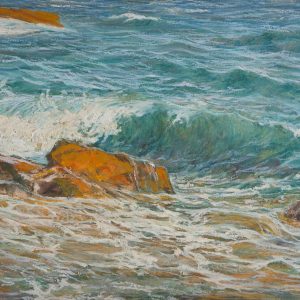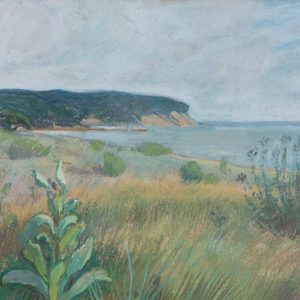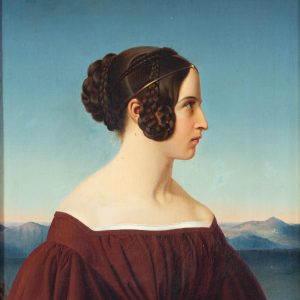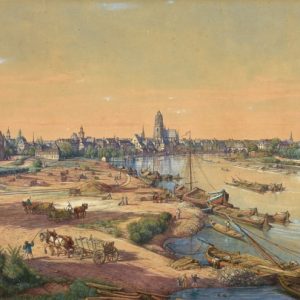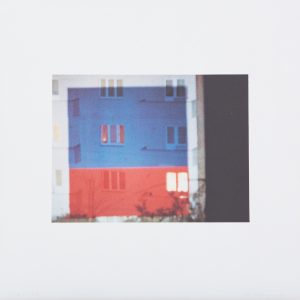1858 Duisburg – 1945 Leipzig
„Avenue in the summer“
65 x 81 cm
Oil on canvas
Fine Art, Up to 5,000 €
Galerie Paffrath
Sold 2022 (4,800 €)
Alongside Eugen Kampf, Olof Jernberg and Heinrich Hermanns, Helmuth Liesegang was part of a group of young painters who introduced new motifs and a pre-impressionist painting style to Düsseldorf landscape painting towards the end of the 19th century.
Between 1877-86 Helmuth Liesegang studied at the Düsseldorf Art Academy as a pupil of Eugen Dücker, who with his pronounced naturalism had prepared the style change among the young landscape painters. Extended study trips by the new generation of artists to Holland and Belgium seemed like a liberation from the narrowness of academic tradition, which left no room for the new open-air painting. On the Dutch coast, Helmuth Liesegang and his circle of friends met the painters from the Hague School and met Max Liebermann, whose uncompromising naturalism did not fail to have an impact on the Düsseldorf painters.
During a study trip to Paris, Helmuth Liesegang had acquired knowledge of Impressionist landscape painting, which he occasionally incorporated into his own style: The use of colour and the application of paint are adapted to the respective motif, and in “Avenue in the summer” they remain limited to a muted colouring, which, however, derives a luminous vitality from the sun breaking through.
Helmuth Liesegang’s paintings were represented at almost all major national art exhibitions. In addition, the museums in Düsseldorf, Elberfeld, Emmerich, Cologne and Wiesbaden have acquired works by the painter.








